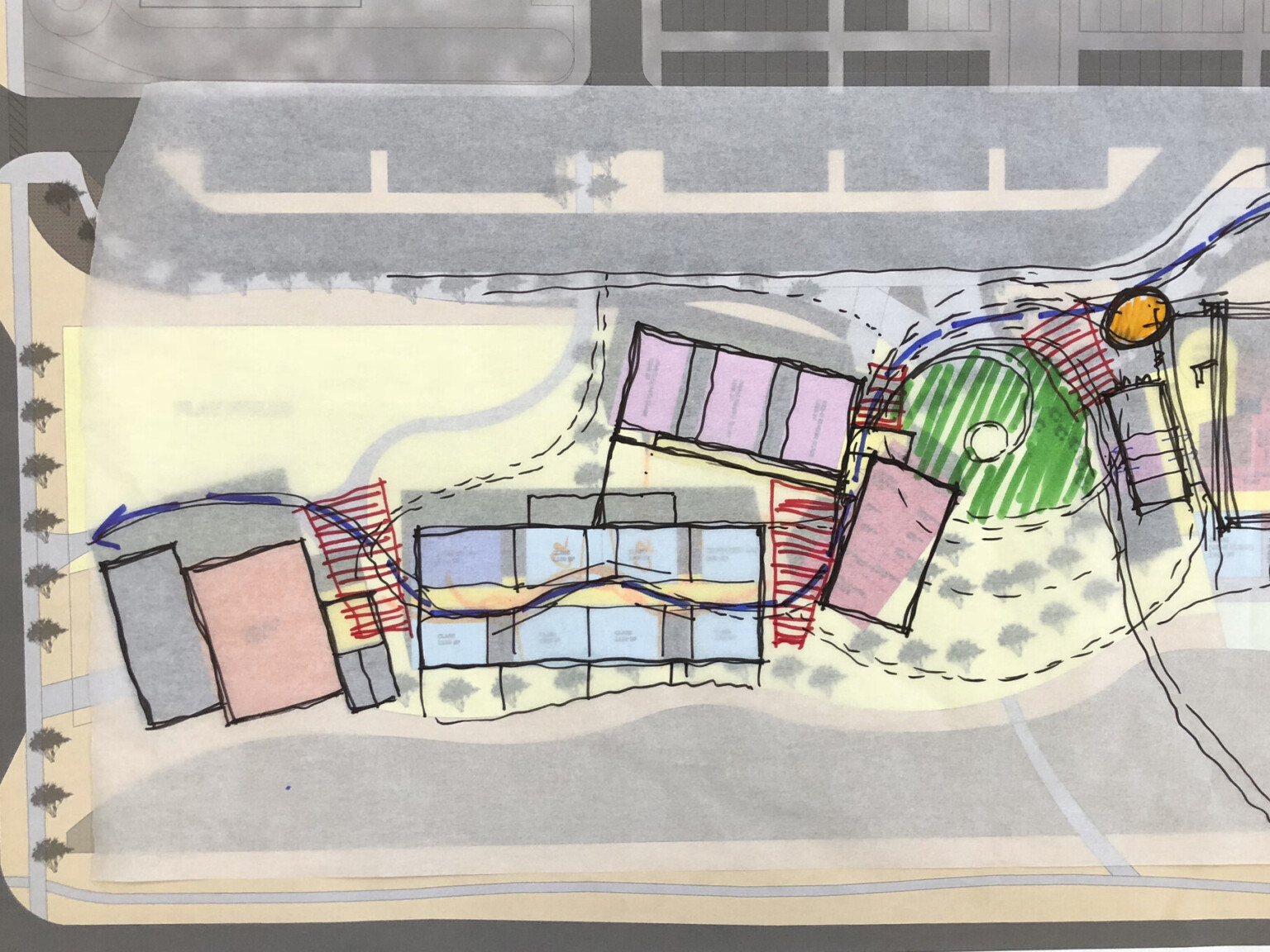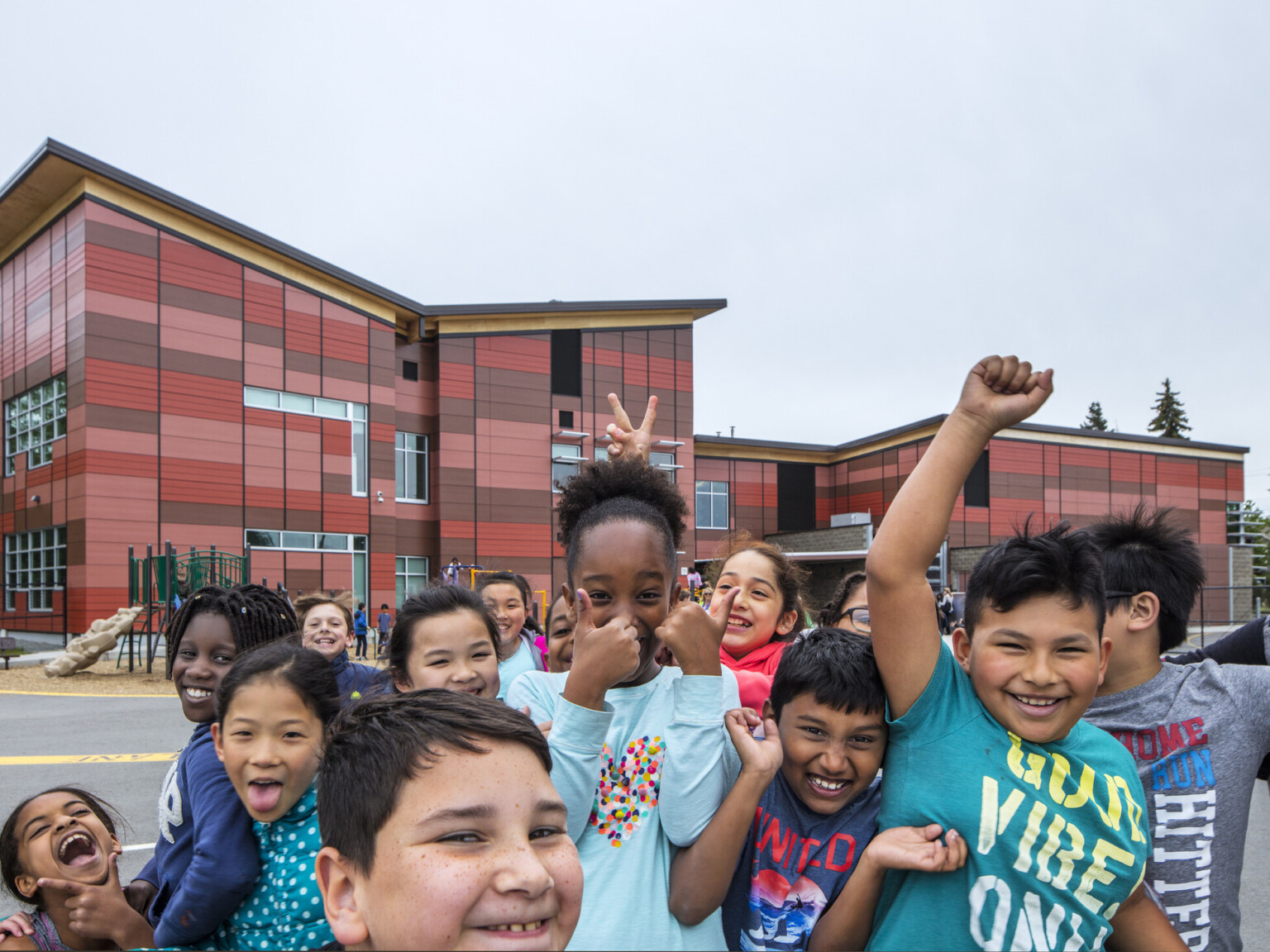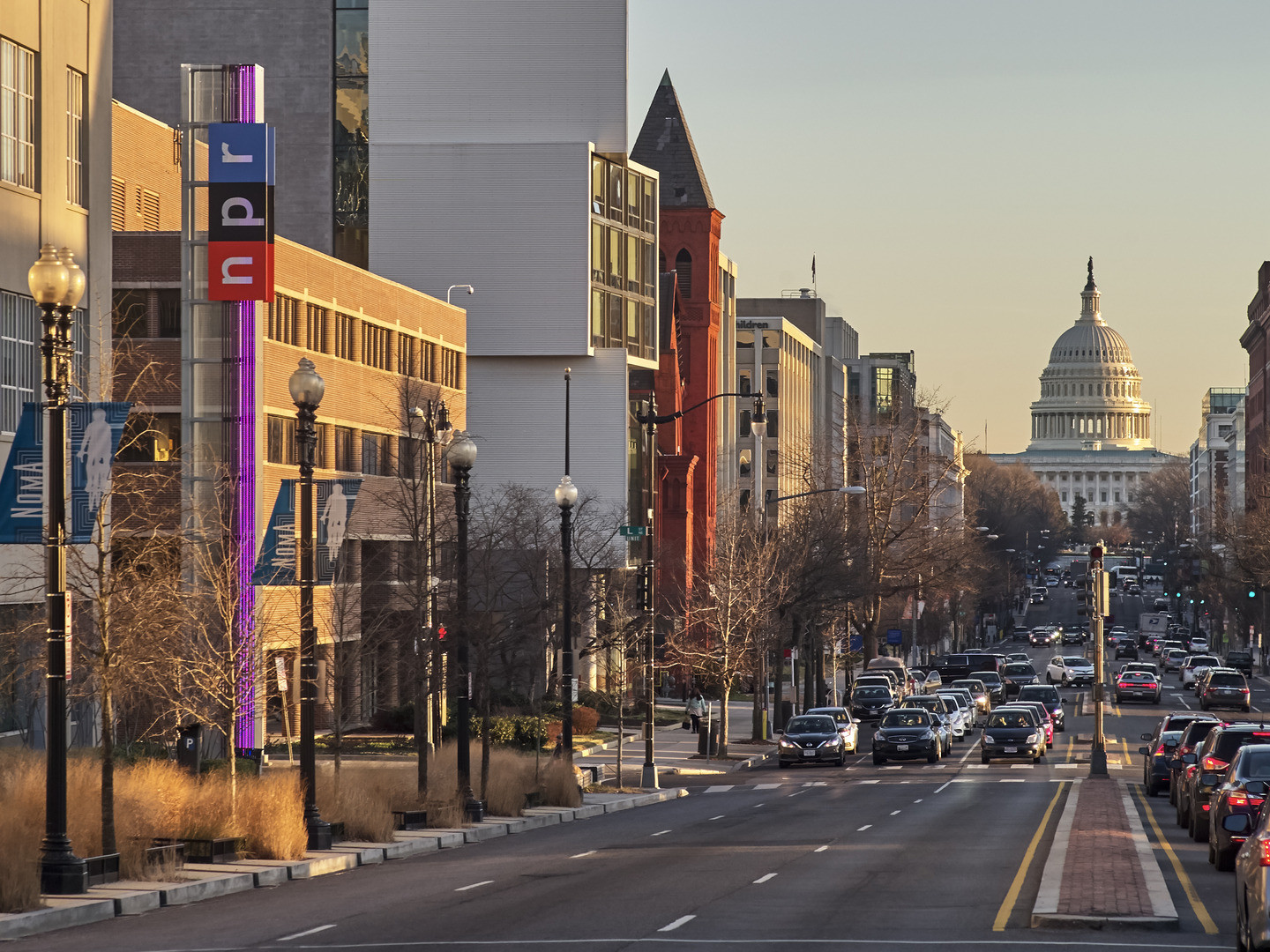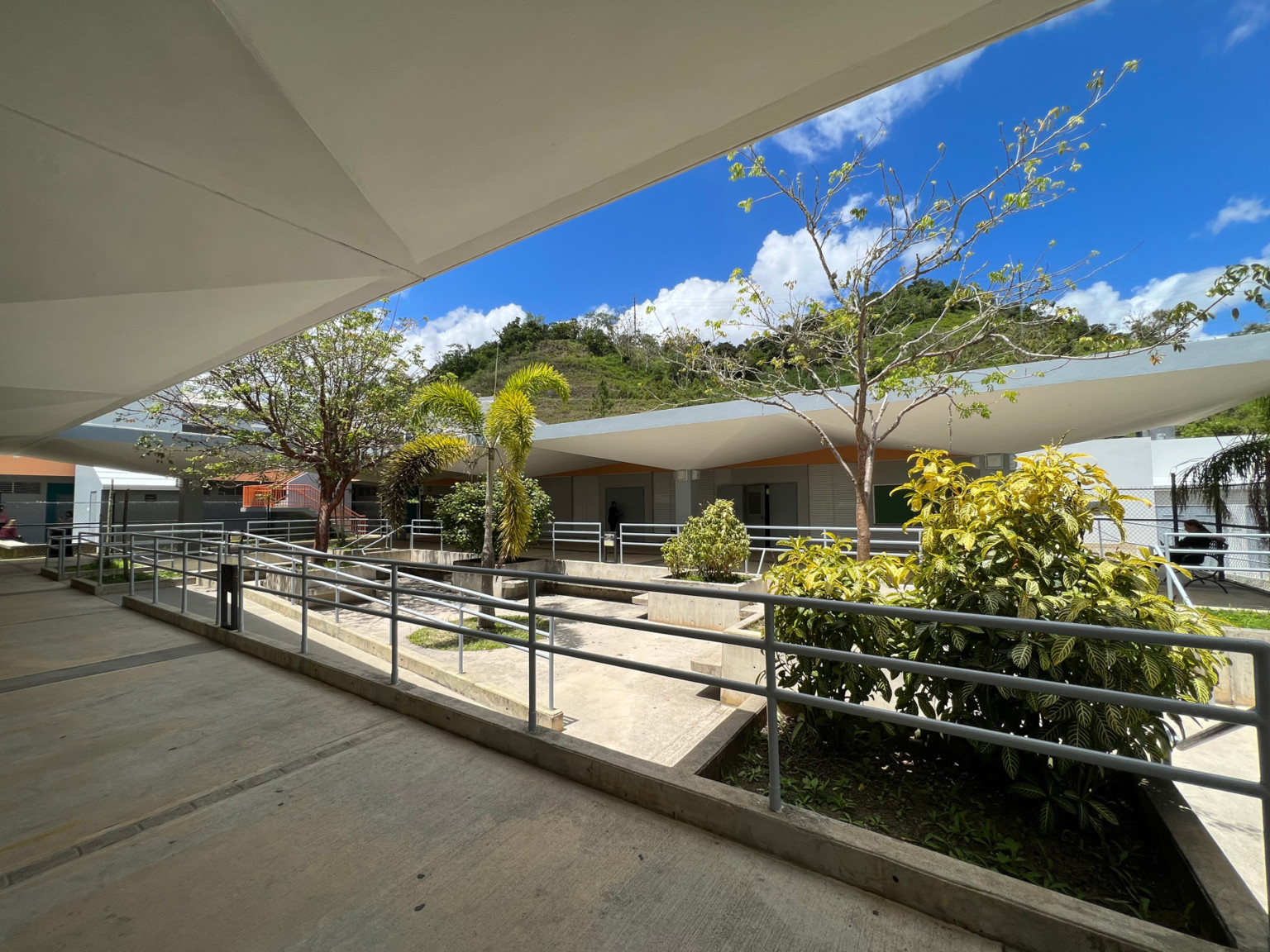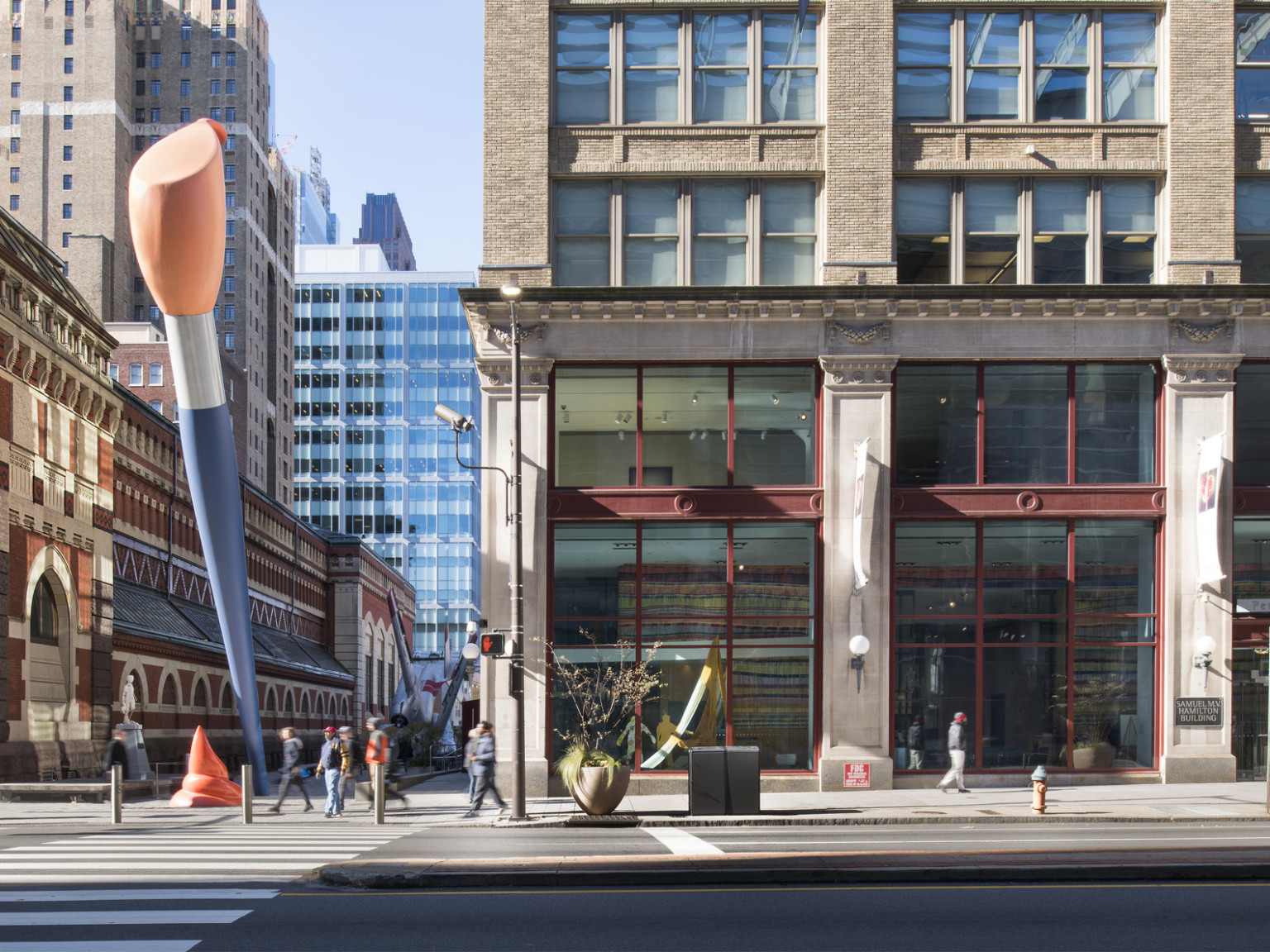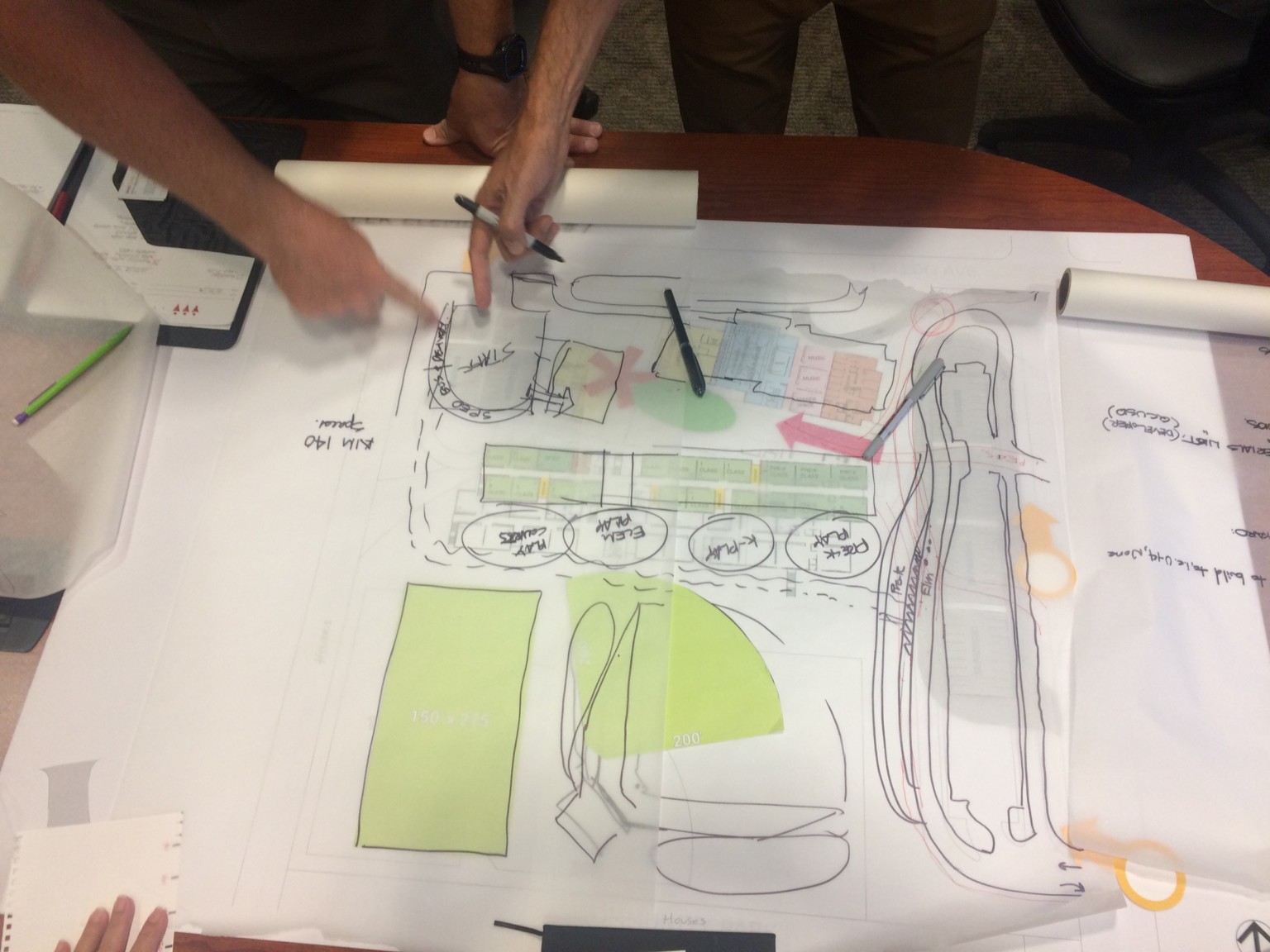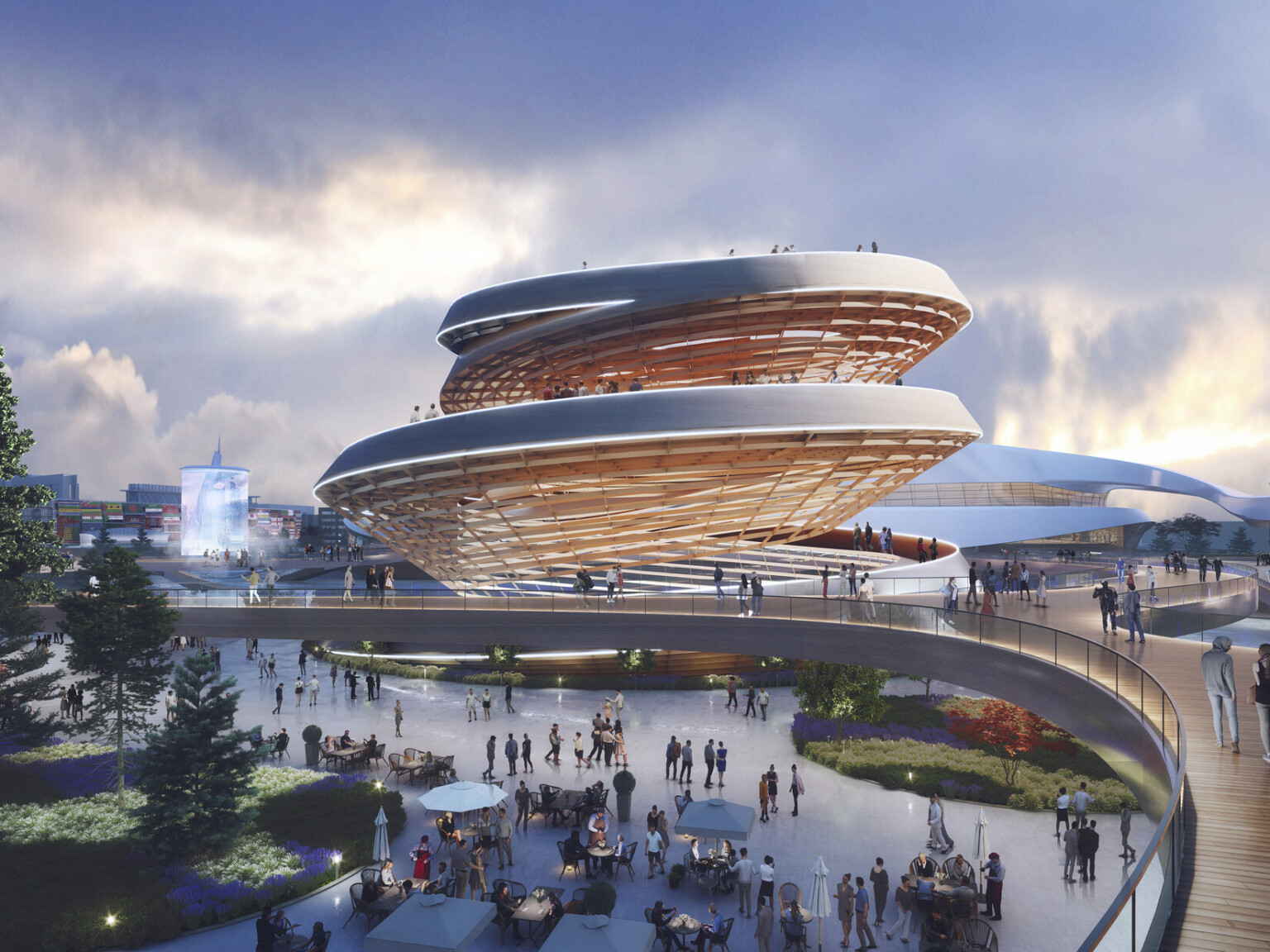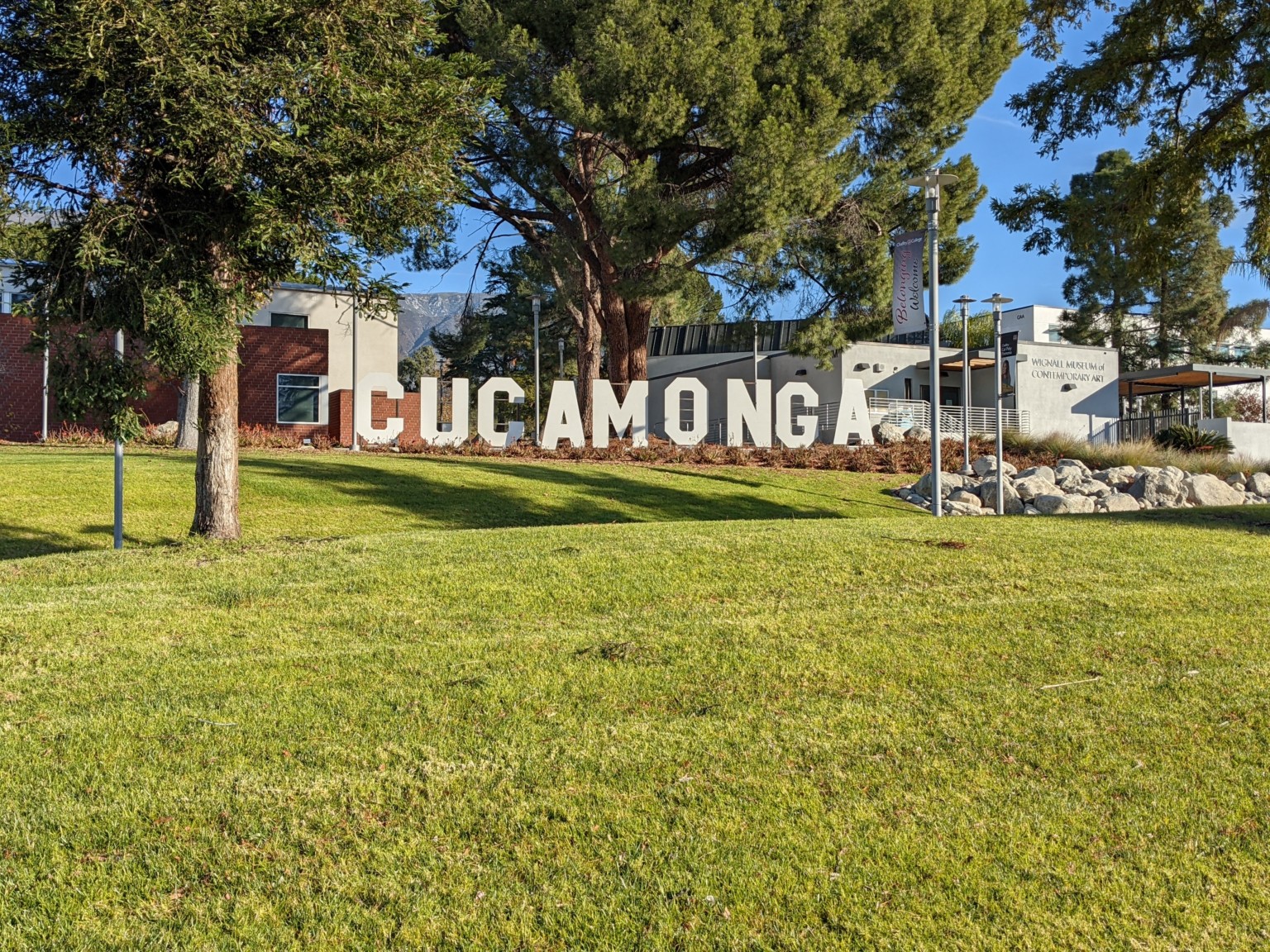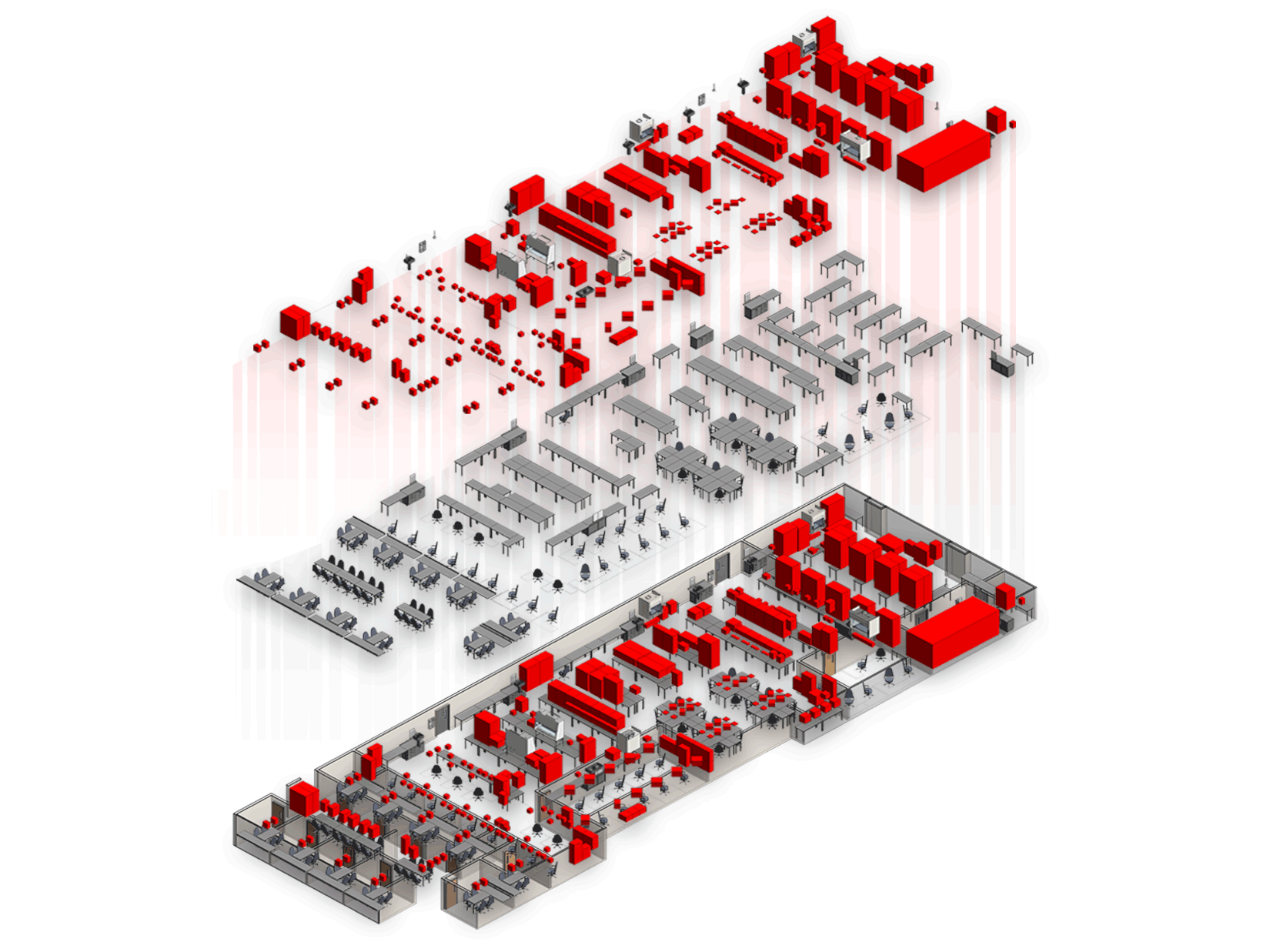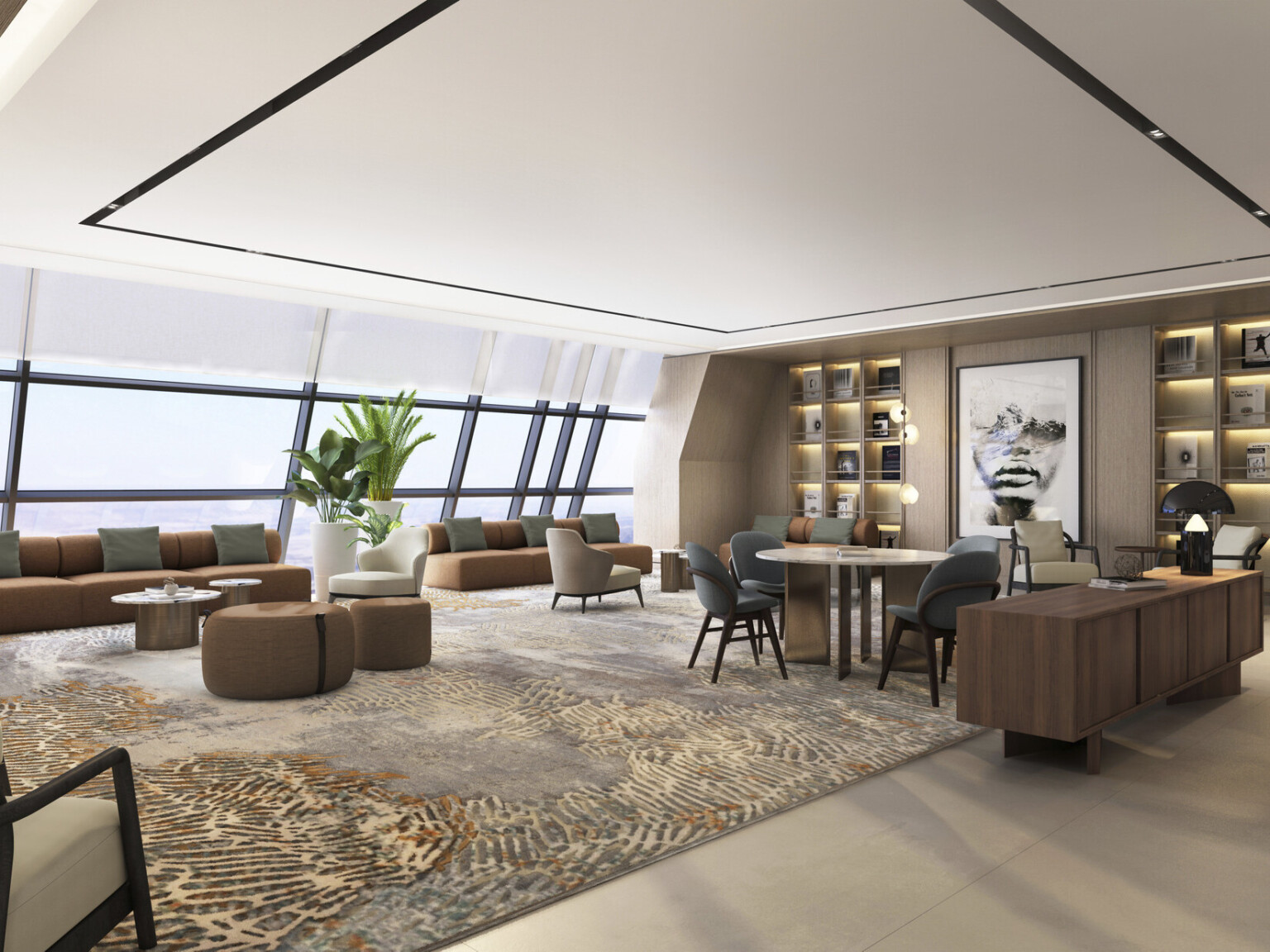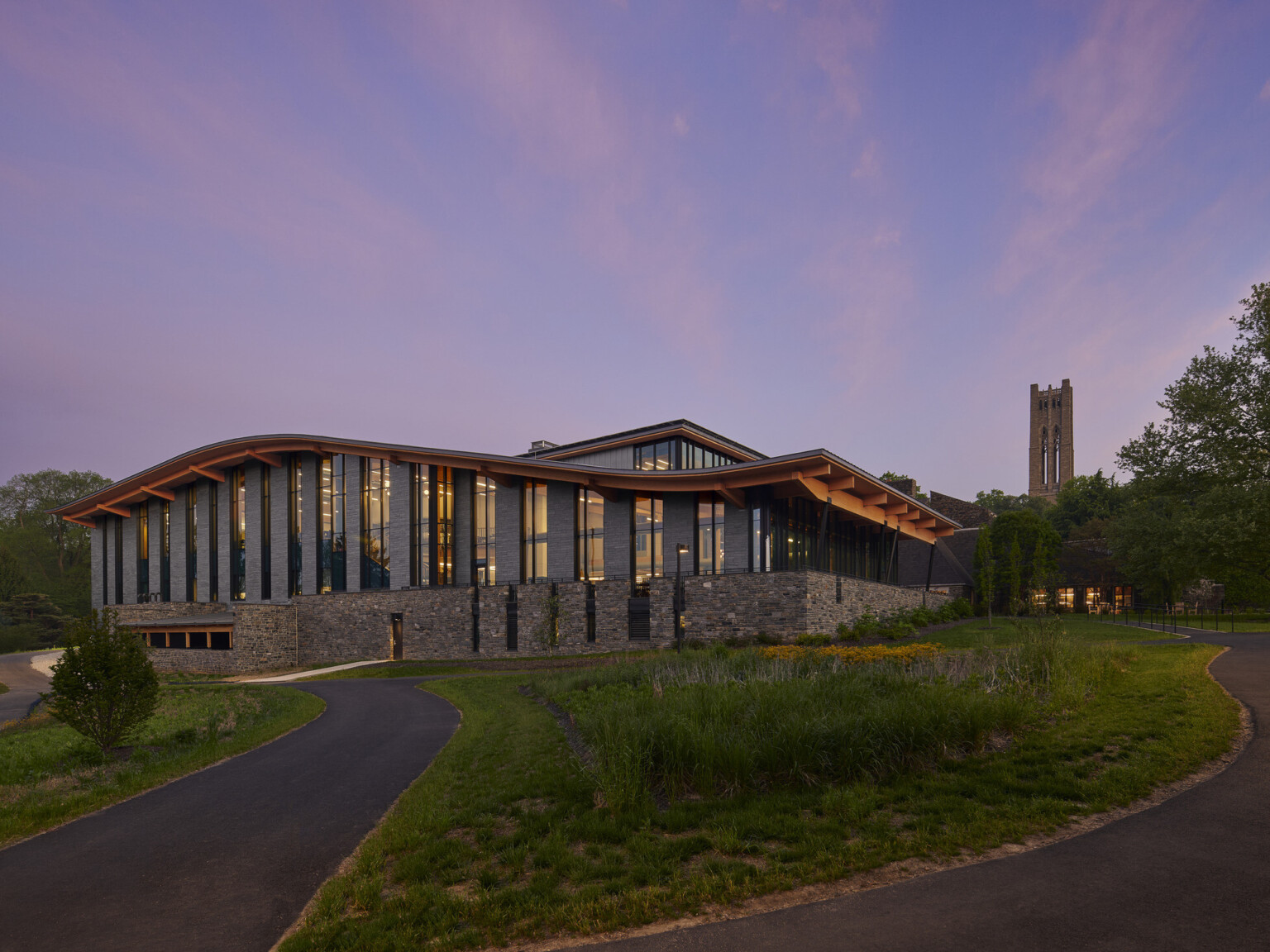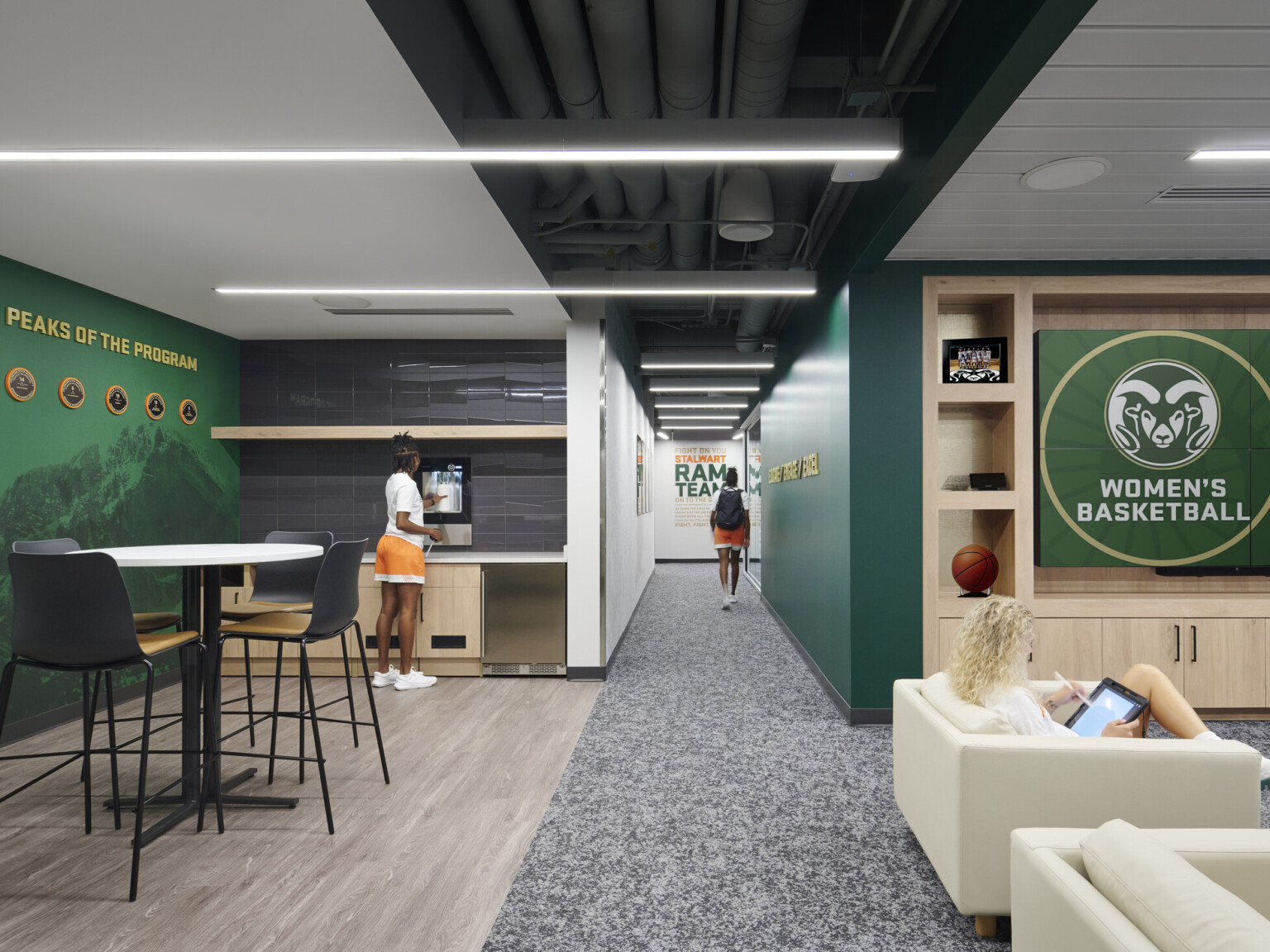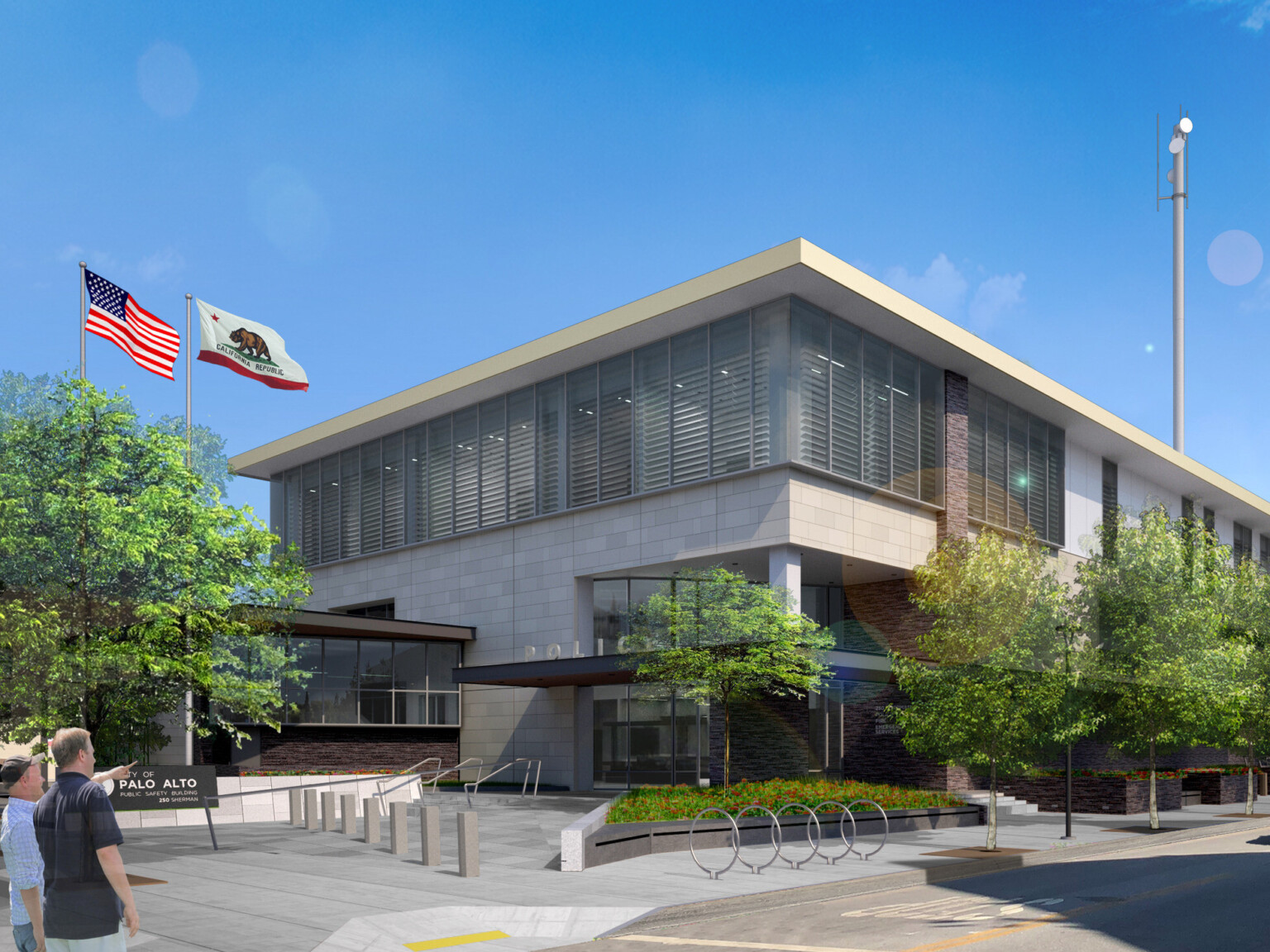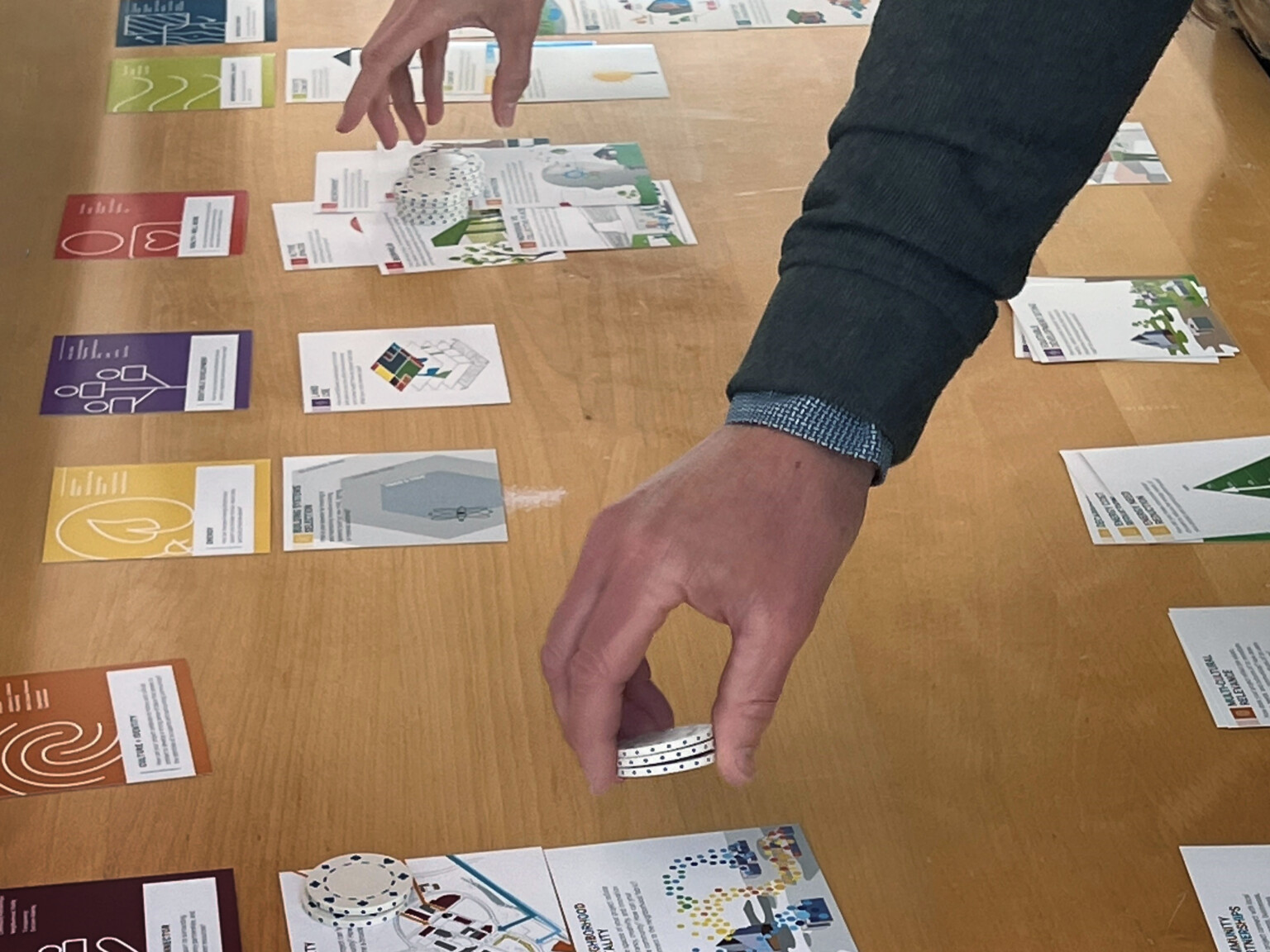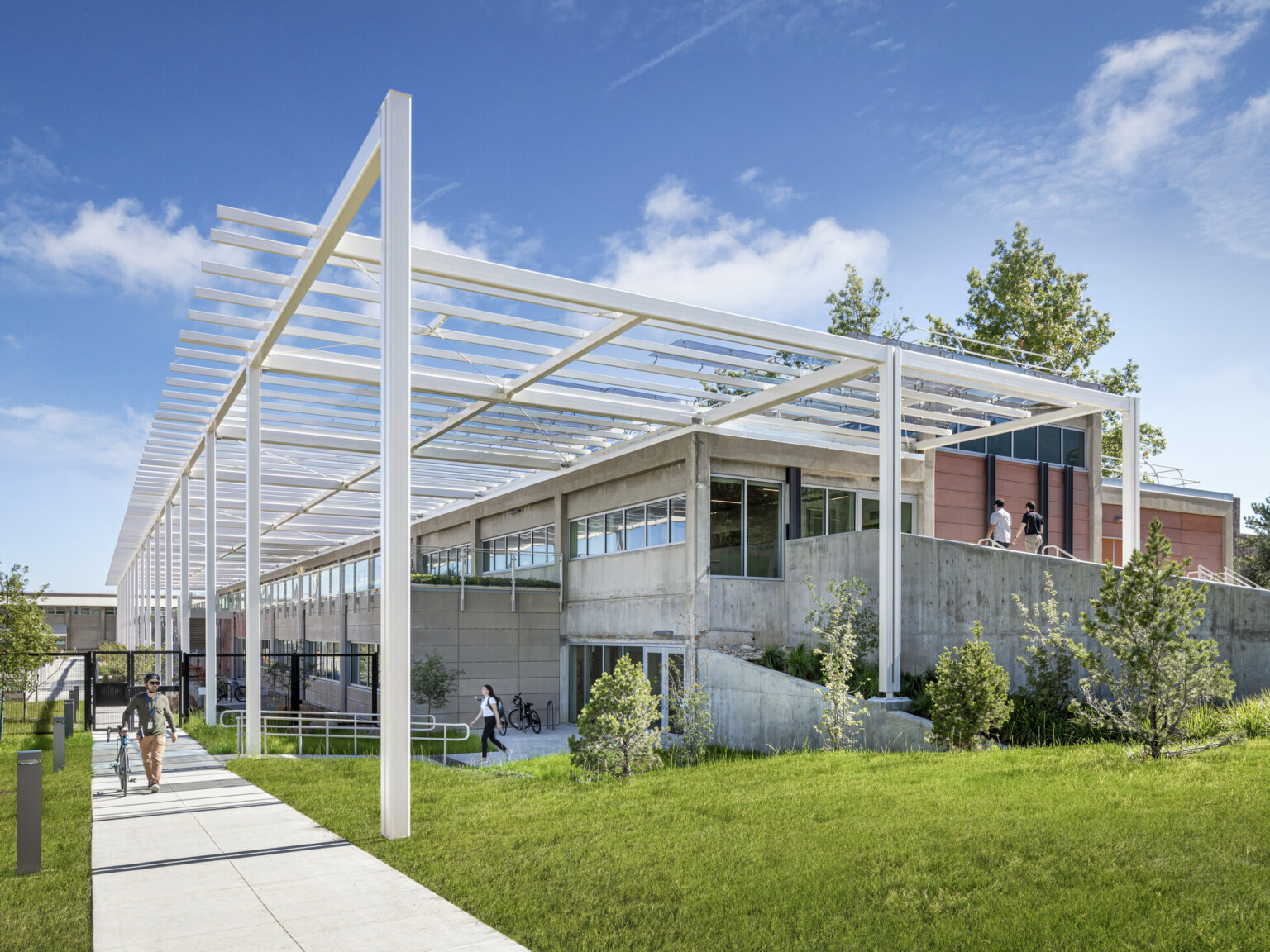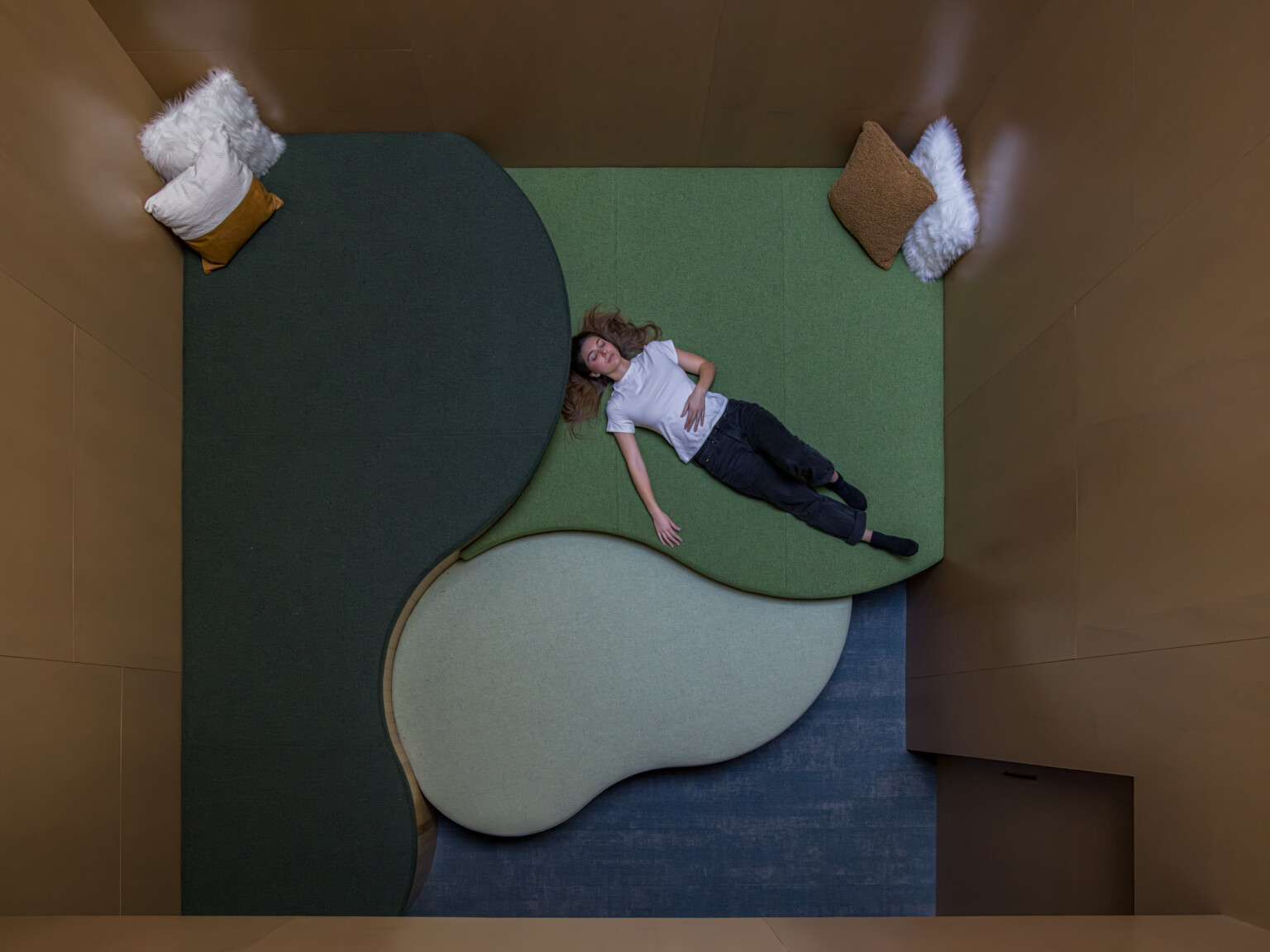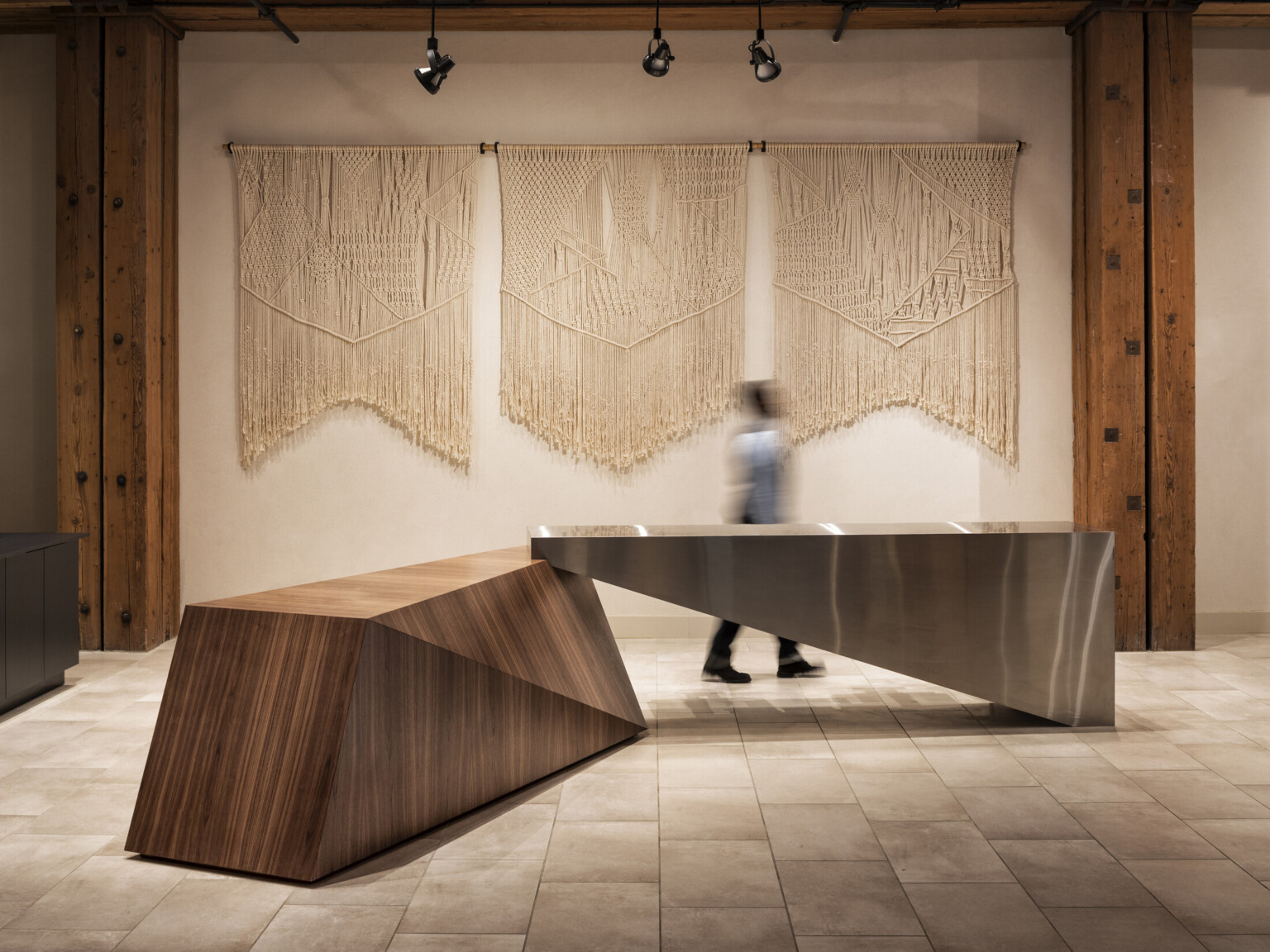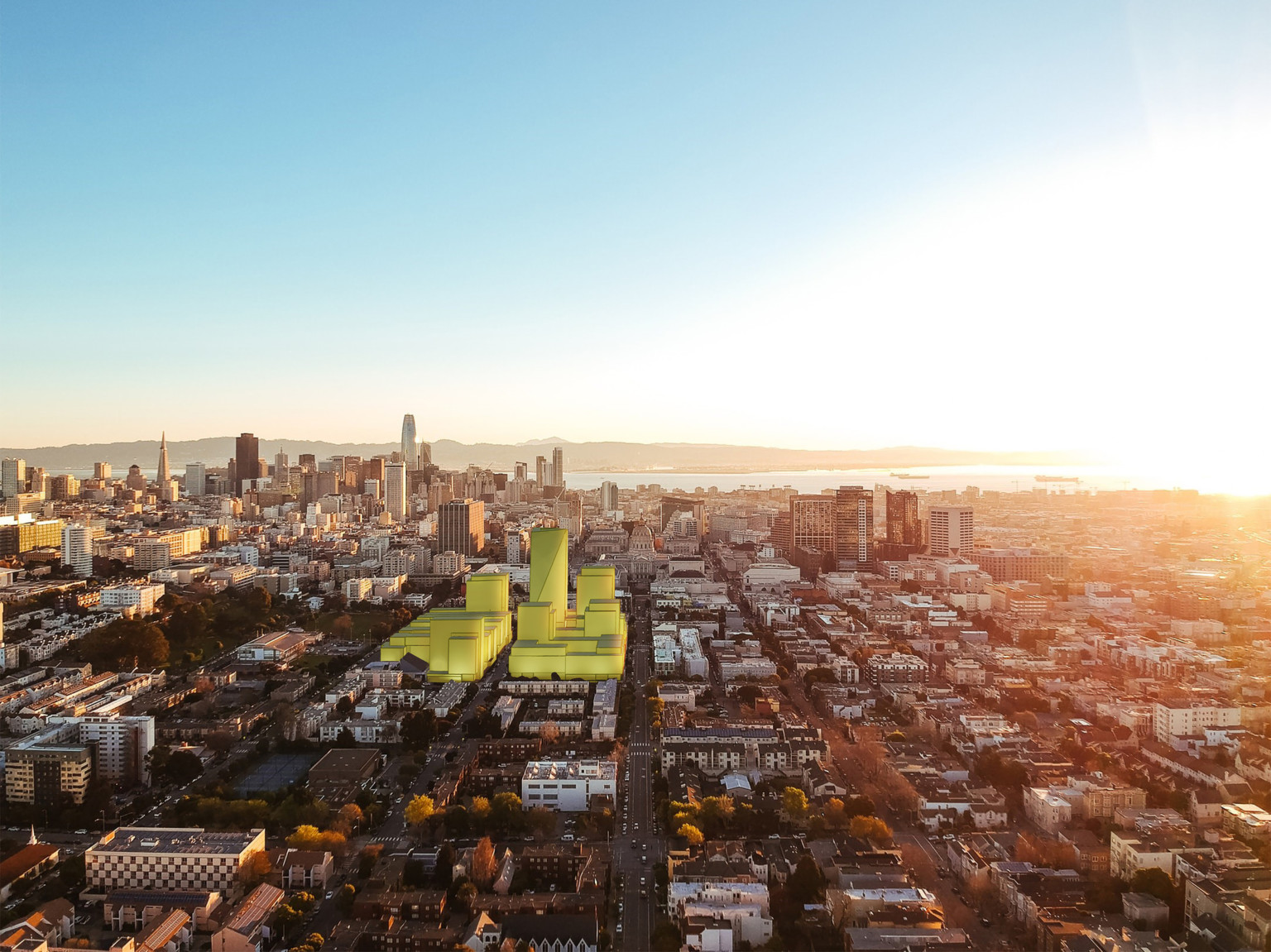
A New Beginning for Freedom West Homes
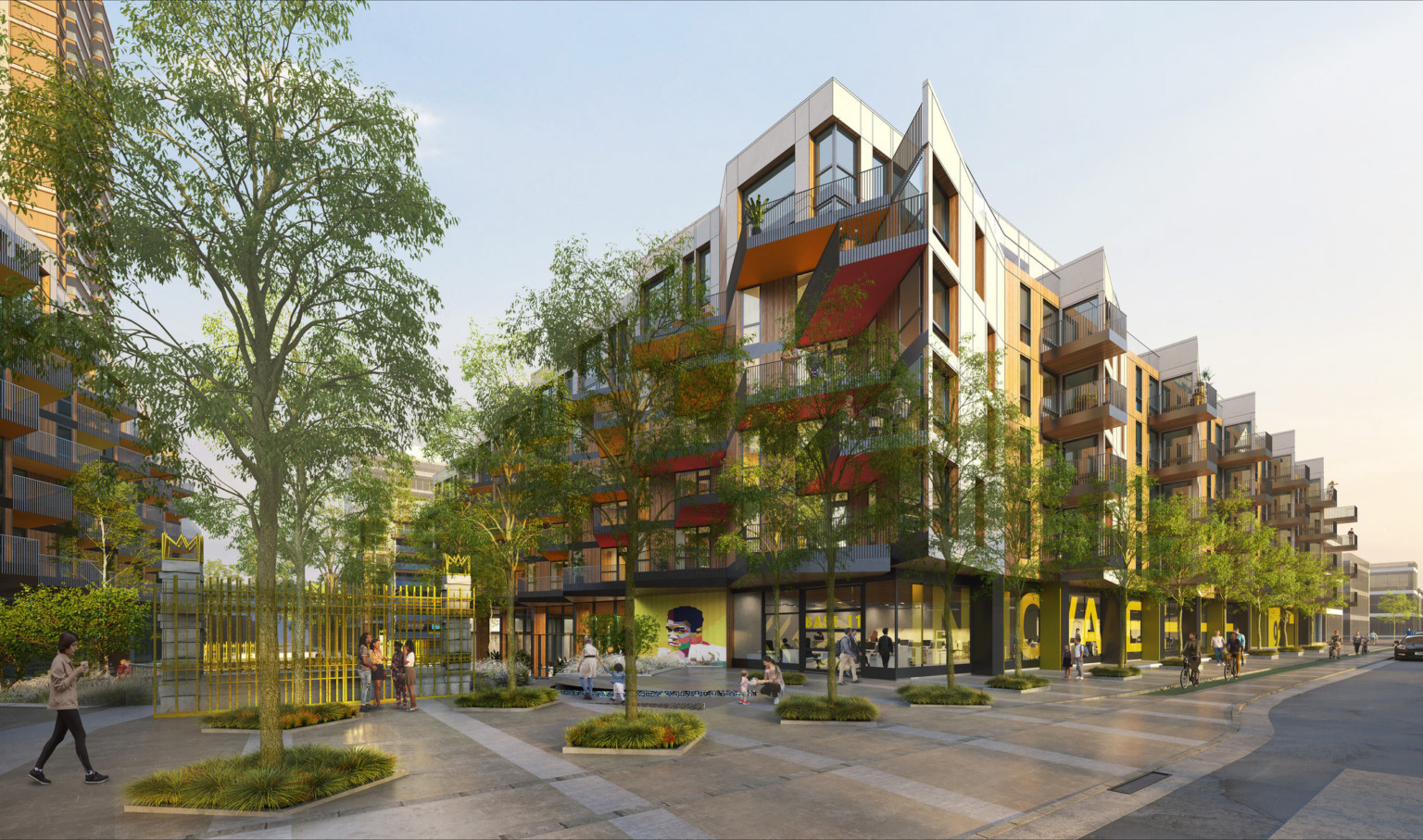
A Community’s Legacy Begins
Recognizing Fillmore’s turbulent yet resilient history and its residents’ refusal to settle or disband is essential to understanding the importance of this project. Following a devastating earthquake that rocked San Francisco in 1906 but left Fillmore nearly unscathed, city dwellers flocked to the area creating a newfound hustle and bustle. Its real estate and reputation of acceptance attracted folks of different races and religious backgrounds, creating a vibrant, blended community.
Fillmore became a mecca for art and music, earning the “Harlem of the West” title, and the African American community thrived here. Business owners, artists, entertainers, and neighbors created a close community and a legacy of diversity and inclusivity. Fillmore was becoming the go-to destination in the city for entertainment.
Fillmore, a Neighborhood of Resiliency
After WWII, the jobs that supported much of Fillmore’s working-class minority community dried up, and economic vitality faded. Banks and housing agencies’ “redlining” of neighborhoods stifled investment in black communities, exacerbating the community’s hardships. These headwinds led to a decline that allowed the city to claim the area was in a state of “blight.” In turn, San Francisco embarked on an Urban Renewal project for the whole of Fillmore and the Western Addition. During this process, the city demolished this neighborhood and other similar low-income neighborhoods, forcing residents to surrender businesses and homes. Urban Renewal glistened with the promise of revitalization and increased affordable housing opportunities for the whole community when they returned to the area. The reality was that fewer homes were built, and so many residents never returned.
The lack of government and bank support for reviving this predominantly black community left Fillmore ravaged by the renewal. However, the community fought back by forming the Western Addition Community Organization (WACO) in 1967. It sued the San Francisco Redevelopment Agency, opposing the destruction of their neighborhood and lobbying for the right to participate in their community’s renewal. WACO won this lawsuit, making Fillmore the first community to win the right to be included in the renewal process. This win made it possible for Reverend J.A. Hall to lead the creation of the Freedom West Homes community-owned COOP. This ownership, rather than a rental model, is why our current project can even be a possibility today.
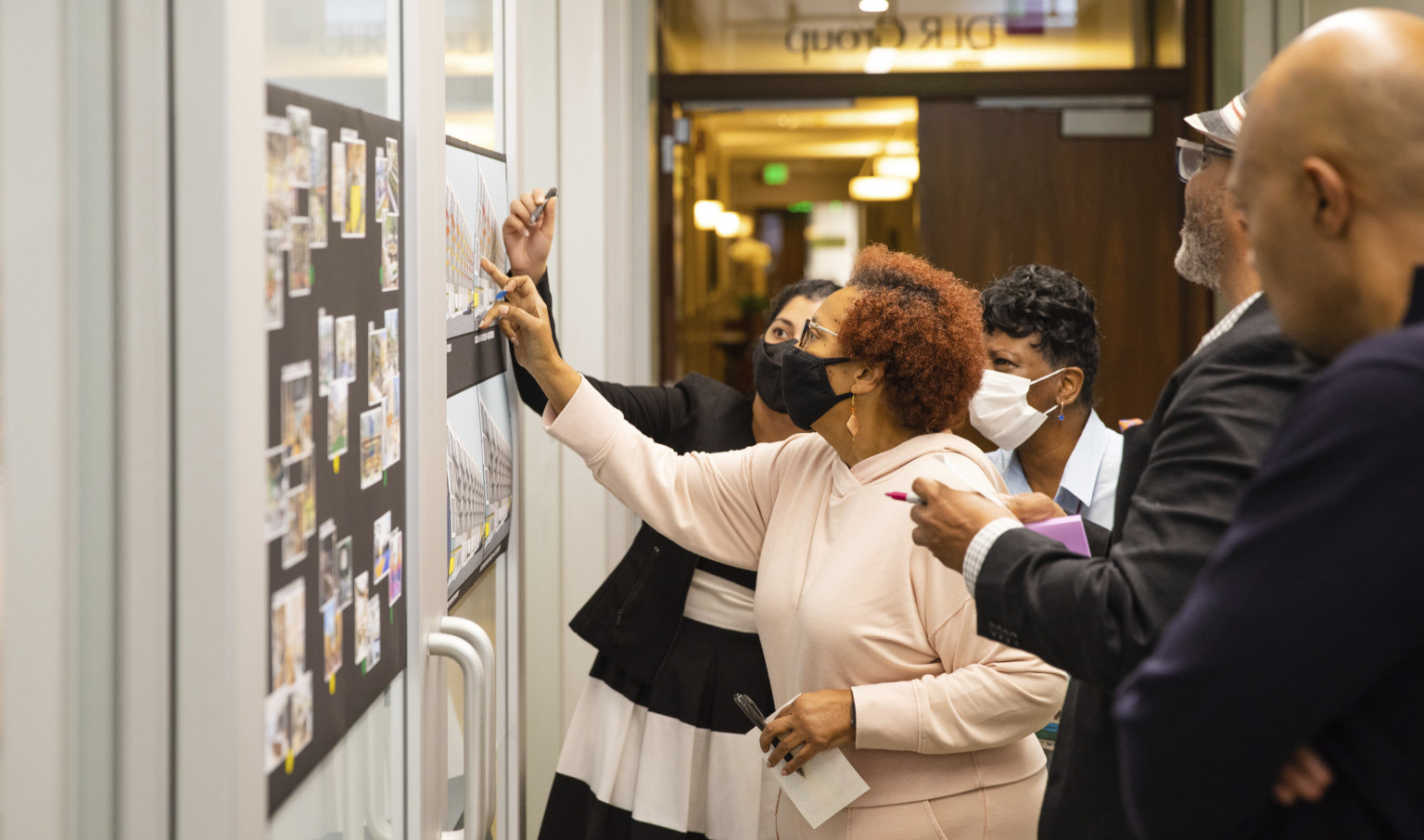
Revitalization on the Community’s Terms
Freedom West Homes is a physical symbol of the neighborhood’s tenacity and refusal to abandon this historic neighborhood; it is not surprising that today the prospect of “renovating” or “renewing” these four city blocks could give the community pause. This time, the residents run the renewal, and they are setting the boundaries that will ensure they’re protected – and we are proud to work beside them to revitalize their homes in a way that makes the residents comfortable, secure, and proud.
Regular workshops and meetings with the FWH Board of Directors and Advisory Board have ensured that the residents’ voices, needs, and wants, remain the priority. Townhalls and workshops with the co-op community have assured that the project team hears and understands their messages and priorities. Units will be as big or larger than the current units at the same price as the existing ones, with more modern features and amenities in the units and buildings. Residents will move into a contemporary space with improved amenities without losing size.
Together with MacFarlane Partners, and the FWH Board of Directors, we recognize that it’s not enough to design the built environment. Long-term socio-economic sustainability must be at the forefront of this project for decades to come. FWH will retain ownership and live on about 40% of the site, with the remainder being redeveloped by MacFarlane, creating an additional 2,000 homes where they are most needed. FWH will also maintain a 15% profit share in the new development.
Co-Op Residents are Coming Home to:
- Two new courtyard buildings with ground and roof-level outdoor spaces
- 382 Co-Op units plus an additional 133 affordable units
- A range of unit sizes for single occupants up to large or extended families.
- More accessible and comfortable units with modern features and conveniences
- A new STEM education facility
- A neighborhood the residents can design/curate with 15,000 square feet of street-front space that the co-op owns and controls for retail, eating and drinking, education, or non-profits.
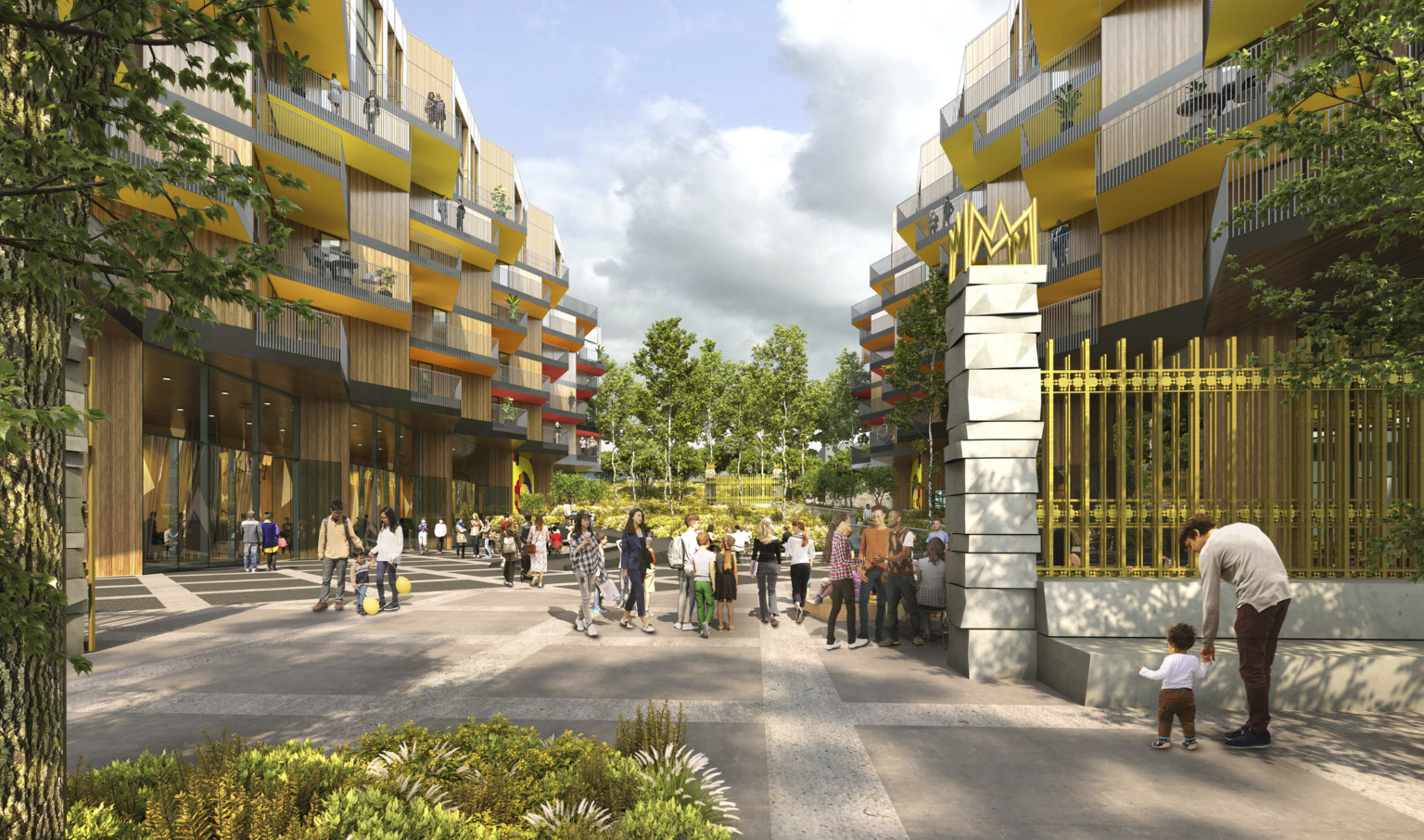
A New Destination for San Francisco
The rebirth of FWH marks a turning point for Fillmore, and it will again be a key destination in San Francisco, where culture can thrive and express itself. Fillmore is a welcoming, multi-cultural neighborhood that will soon invite thousands of new neighbors on its own terms to maintain its identity, sense of community, and history. FWH is not a home for gentrification; it is a home for generations. Fillmore’s character will continue to be defined by its residents through their ownership of the street-front shops and their curation of the businesses that represent the contemporary vibe of this revived city hub.
Finally, it is essential to note that our team has committed to integrating and collaborating with diverse voices at every stage of development, from design through construction. While we are the master planner and lead architect, local, minority, and women-owned design firms will design many buildings on-site. As a firm, we believe that everyone has a design voice and that we must all work with and listen to each other to elevate the human experience through design.

